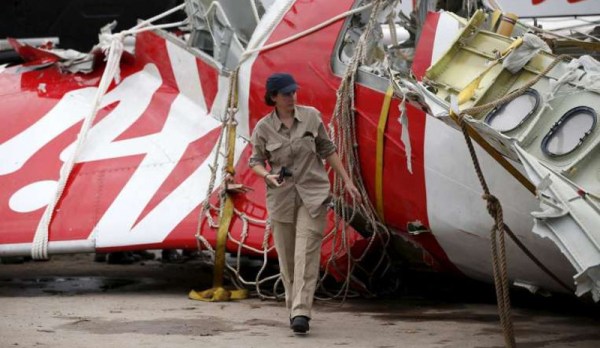Here’s a question for you: if you’re the commander of a submarine full of nuclear missiles, how can you be sure what not receiving a launch order really means? If could — and probably does — mean that everything is hunky dory on land, and there’s no need to pull the trigger. Or, could radio silence mean that the party already kicked off, and there’s nobody left to give the order to retaliate? What do you do then?
One popular rumor — or “rumour,” given the context — in the UK holds that BBC Radio 4, or the lack thereof, is sort of a “deadman’s switch” for the Royal Navy’s ballistic missile subs. [Lewis (M3HHY)], aka Ringway Manchester on YouTube, addresses this in the video below, and spoiler alert: it’s probably not true.
Continue reading “Radio Apocalypse: The BBC Radio Program That Could(n’t) Have Started WWIII”













